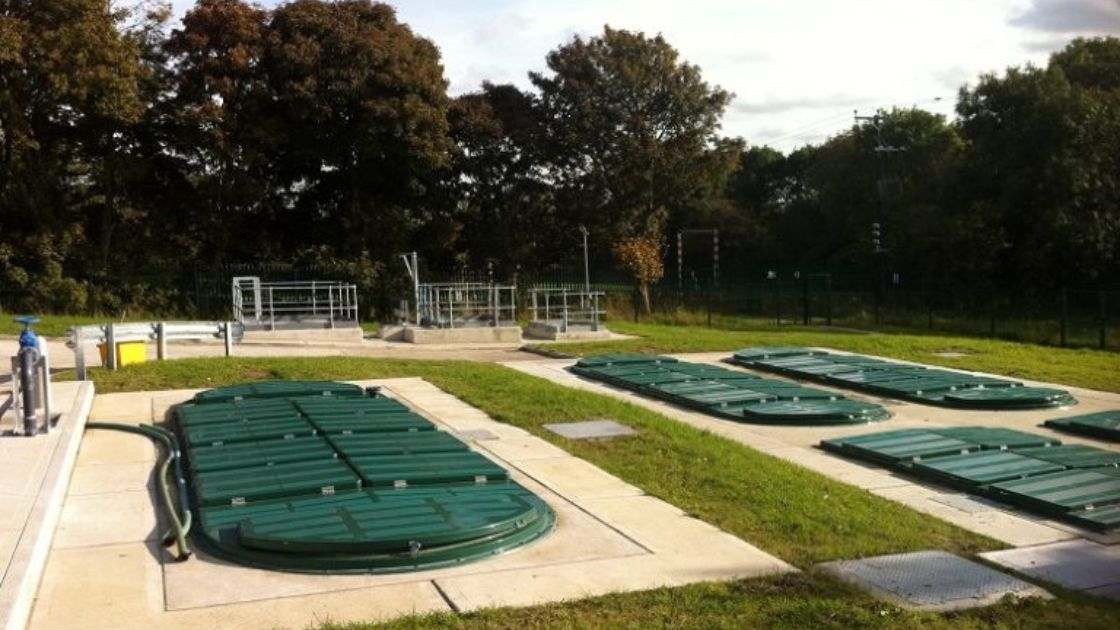The upgrade will involve the delivery and installation of two in-ground Hybrid-SAFs (submerged aerated filters) and a 4m conical humus tank. Due to the environmental sensitivity of the site, the Scottish Environmental Protection Agency has set an effluent ammonia level of 1.3mg/l of water, with a bio-chemical oxygen demand of 13.9mg/litre.
Additionally, the site has a tight footprint and is in close proximity to residential housing, both important factors considered early in the project when initial enquiries were made with WCSEE in 2017.
WCSEE utility manager Andrew Haywood said, “The Hybrid-SAF has a modular design and 30% smaller footprint over comparable technologies, which makes it versatile and flexible for deployment in Edgehead. Installing the technology below ground ensures the stunning rural views go uninterrupted, and the visual impact of the WwTW is reduced, blending with the environment as much as possible.”
The patented Hybrid-SAF technology employs a submerged moving-bed and fixed-film reactor, proven to treat wastewater with greater energy efficiency than traditional submerged SAFs. The unique flow balancing design in the primary tank means it can handle variable flows and loads, making it ideal for seasonal and variable demands.
Hybrid-SAF treatment units are built offsite in controlled conditions and easily transported to site, ready for installation. They can be moved between locations as needs and requirements change – minimising onsite disruption, reducing waste, and optimising site footprint.
WCSEE has a longstanding relationship with Scottish Water, and augmentation and improvement of the Edgehead WwTW is part of Scottish Water’s long-term water planning strategy, with the Hybrid-SAFs due to be installed in early 2024.
Haywood said, “It is great to be able to work with Scottish Water again and see the process through from initial enquiry to installation. WCSEE has been delivering projects for the utility over 10 years and the company is proud to be trusted to deliver such a tight ammonia consent.”
Within two weeks of installation, as the biological process becomes fully operational, the two Hybrid-SAF units will be able to handle flow rates up to 2.72 l/sec with average flows of 0.35 l/sec.



